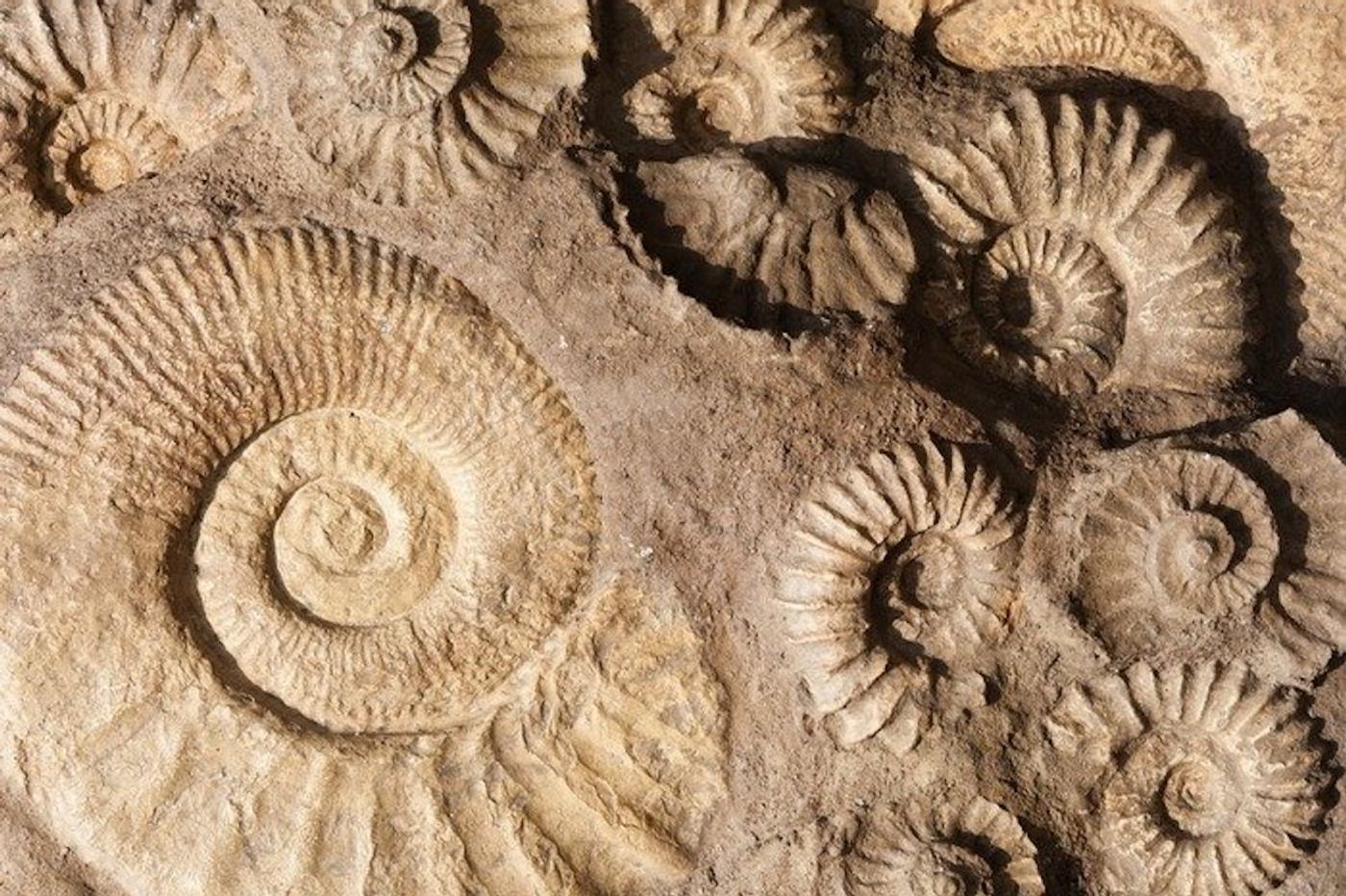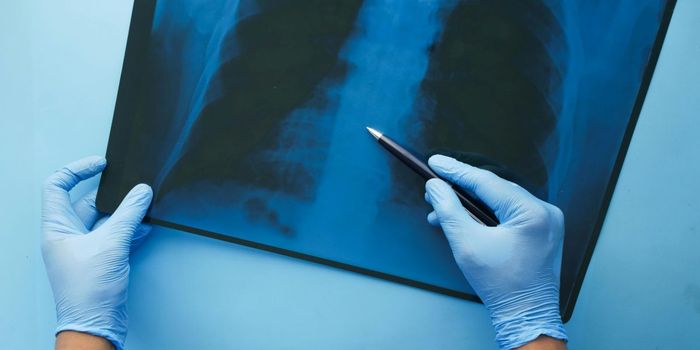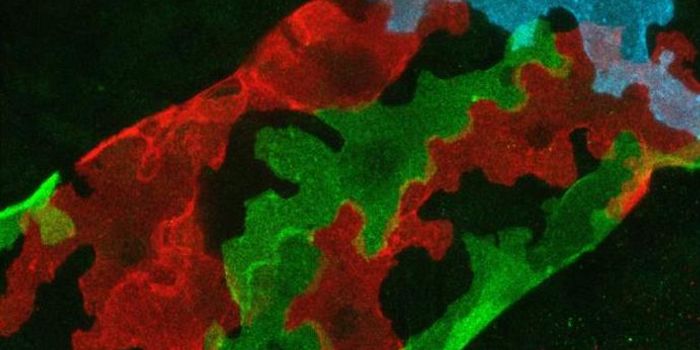Dead Cells Can Teach Us About Life's Origins
When an organism dies, it begins to decay. It's long been assumed that after death, the cells in an organism break down and the tiny structures within cells, the organelles, don't stay intact for long after that; scientists have not been looking for organelles in fossils. But researchers have now discovered that organelles can still thrive after the death of a cell. Reporting in Science Advances, the investigators characterized algal cells and their organelles (like nuclei, chloroplasts, and pyrenoids) as they decayed for weeks and even months after death (check out pictures here).
"I spent several weeks photographing algal cells as they decayed, checking the condition of the nuclei, chloroplasts and pyrenoids. From this, we could tell that these organelles don't decay immediately after cell death, but actually take many weeks to dissolve," said study co-author Emily Carlisle, a graduate student at the University of Bristol's School of Earth Sciences. The organelles eventually degraded to gunk.
There is still debate about when cellular organisms first arose on Earth, but once they did, eventually they gained complexity. Bacterial cells that can live freely, for example, don't usually have membrane-bound organelles like eukaryotic cells found in plants and animals do. An organelle called the mitochondria is now known to derive from a bacteria cell that began living inside another. However and whenever it exactly happened, the evolution of eukaryotic cells was critical to life as we know it, and once they formed, plants, fungi, and animals came about.
It's been thought that eukaryotic cells evolved at some point from about 800 million to 1,800 million years ago. That huge range might be narrowed down by fossils. Early eukaryotes were mostly still single-celled organisms as well, so they can be easily confused with bacteria.
"The evolution of eukaryotes was a hugely important event in the history of life on Earth, but fossils of these cells are difficult to interpret," said study co-author Professor Phil Donoghue. "Some of them have structures that could be organelles, but there's long been this assumption that organelles cannot be preserved because they would decay too quickly."
Early eukaryotes have typically been identified by looking for big cells with complex cell walls, but there are large bacterial cells too, and cell wall features can be easily lost over time. This study seems to show that scientists may be able to look for organelles as an identifying feature; the authors have suggested that they found a structure that resembles a nucleus in an ancient specimen.
"The structures in Shuiyousphaeridium, a fossil from 1,700 million years ago, closely resemble nuclei. This interpretation has previously been dismissed because of the assumed rapid decay of nuclei. Our decay experiments have shown that nuclei can persist for several weeks, meaning the structures in Shuiyousphaeridium are likely to be nuclei," explained study co-author Dr. John Cunningham of the University of Bristol.
The researchers believe they have demonstrated that complex life forms were present on Earth 1,700 million years ago. More research will be needed to confirm that finding.
Sources: Phys.org via University of Bristol, Science Advances









